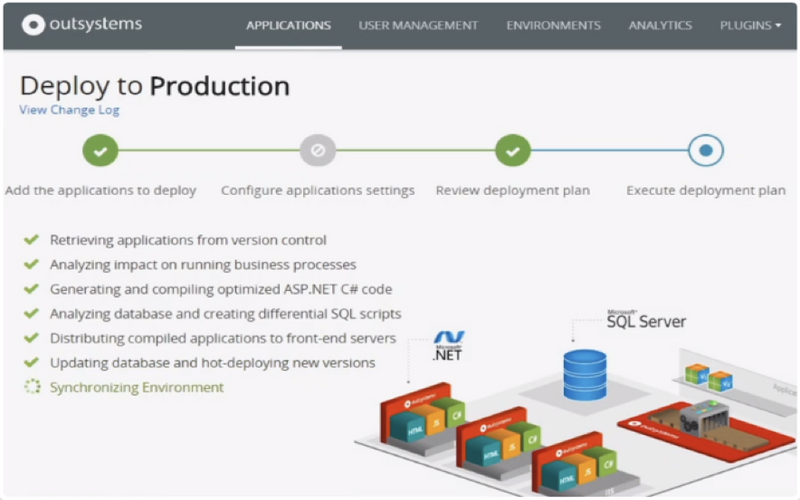What Is The Definition Of Low-Code Development?
Process development, low-code application development, and software development tools are known as low-code development. Low-code development solutions provide building blocks that IT professionals may use to construct workflows and apps. The coding behind actions and commands is taken away by these building blocks, allowing IT to assemble workflows and business apps without having to hand-code anything.
Why Low-code Is Required?
Every brand or business that desires to be trustworthy and respectable must have a quality app or website. Because many existing and new companies demand a digital presence, IT departments have built those apps and websites. Given the circumstances, depending only on custom scripts may be challenging and time-consuming for both tech departments and corporations awaiting the completion of projects. As a result, many companies and individuals have shifted to low-code platforms, which include visual editors and reusable components that users can drag and drop into the low-code editor for rapid development. Low-code development allows IT organizations to build apps quickly without spending too much time designing and testing new scripts. It also helps tech employees who may not have specialized knowledge of every tool or technology involved in a set of procedures.
What Problems Does Low Code Solve?
One advantage of low-code platforms is that they enable disparate portions of a team to collaborate more effectively. The software is created by designers, business professionals, and developers with basic coding skills. It speeds up the development and modification of apps as needed. You can use them to construct apps across several platforms, such as phones, tablets, and PCs. And, if your software requires communication with other systems, these platforms may ensure that everything works effectively together. Low code is perfect for developing internal tools, customer apps, and apps that help with work operations.
1. Developer Productivity Has Increased
Low code speeds up software development by automating routine tasks and removing the complexity of traditional software development and human coding. This increases developer productivity and allows businesses to accomplish more with fewer resources. Advanced low-code platforms, such as Out Systems, abstract away and automate all tedious and repetitive development and CI/CD tasks that restrict developers’ creativity and prohibit them from developing new apps.

2. Enhanced Agility
Companies can readily respond to market changes by using new solutions. This is possible not just because of the quick rate of development but also because development teams may swiftly provide a workable model. Instead of going back and forth until they get it right, they can get business feedback fast and make changes as needed.
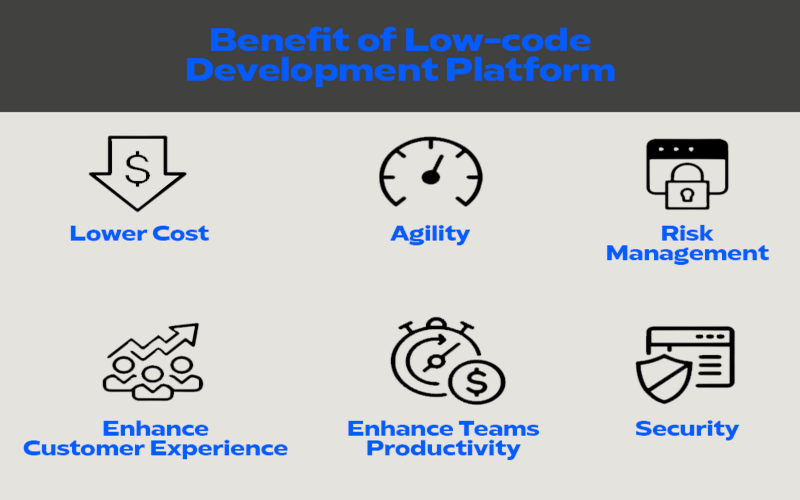
3. Increased Levels Of Customer And Employee Satisfaction
Organizations create new and innovative products that meet the needs of their customers while enhancing staff productivity and motivation. Full-featured low-code platforms, such as Out Systems, give the tools needed to create multiple experiences, allowing companies to handle all of the ways customers engage digitally, for example, touch, voice, and gesture.
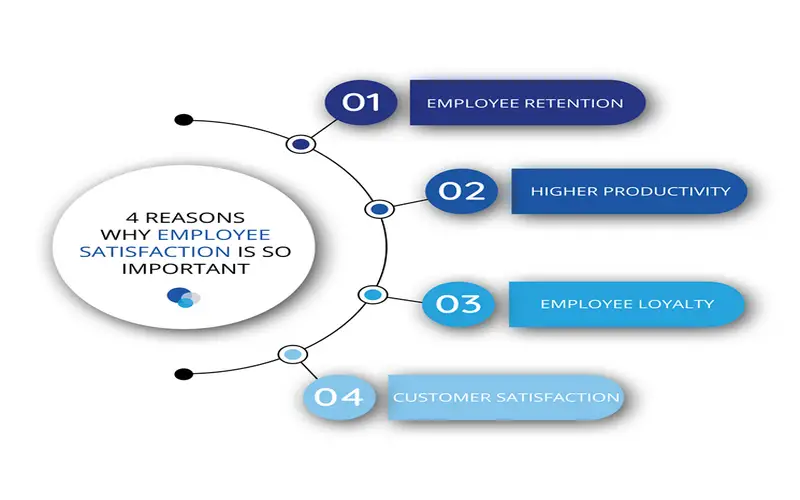
4. Business And IT Collaboration Has Improved
Businesses and other users can participate in the low code development process. As a result, through whole-team or fusion-team collaboration, businesses can successfully benefit from developer knowledge and business capabilities. Companies can enhance their diverse knowledge and capacities by bringing together business and IT experts to collaborate on cross-functional initiatives that generate innovative applications.
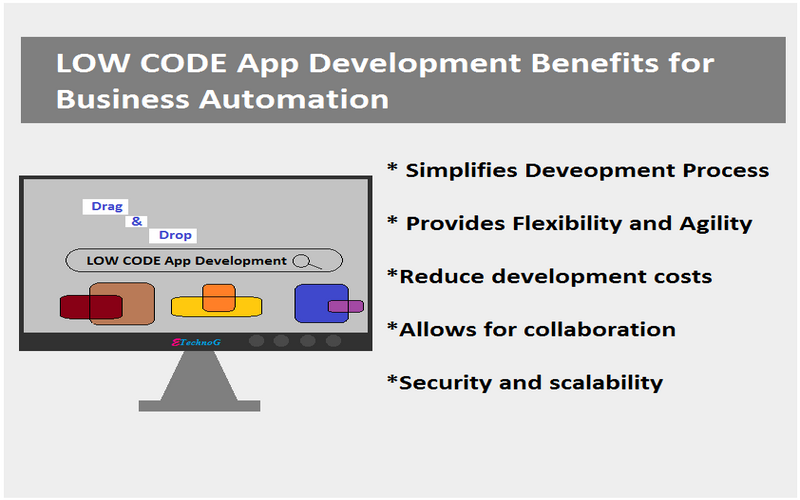
5. Change And Maintenance Are Quick And Easy
Development teams do not have to start each project from scratch or write hundreds of thousands of lines of code because components and modules can be reused. As a result, changing and adjusting applications in response to competition, economics, disruption, or introducing new opportunities is a reasonably easy and quick procedure.
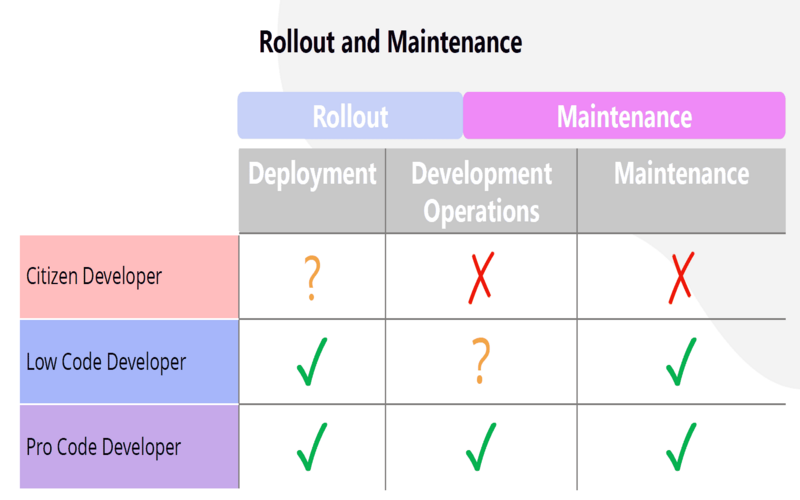
6. Reduced Entrance Hurdles And Increased Developer Retention
Inexperienced developers can construct their first apps rapidly and understand what they’re doing step by step. They can immediately how they can bring value. As a result, their onboarding goes considerably smoother, and they can contribute to a high-performing team much faster.According to a recent study, developers who use low code are 58% more likely than developers who use traditional development to be satisfied with their tools, in a period of high developer turnover and a lack of digital talent.

7. More Rapid Innovation
Junior developers and technologists without a good development background can build programs if they are full-stack developers. It also enables talented coders to concentrate on more creative, innovative aspects of programming. As a result, companies of any size may use their existing resources to provide the solutions their industry needs to stay competitive.

8. The Rise Of The Citizen Developer
Most IT departments cannot keep up with the constant demand for software and apps in today’s world. Citizen developers are non-professionals who construct business apps utilising existing corporate IT-approved tools. Citizen developers quickly build much-needed apps with less code and development procedure. This modular approach shortens development time, resulting in a faster time-to-value.
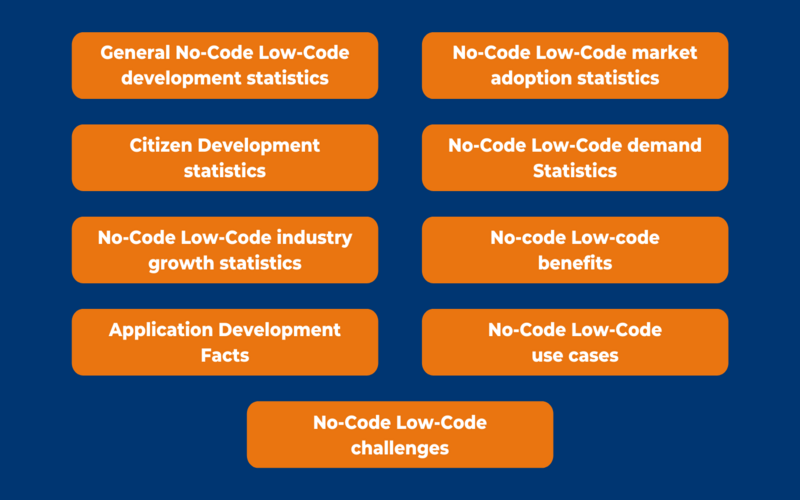
9. Fastest Prototyping
Low-code app development has the advantage of allowing non-coders to prototype solutions. Without the assistance of expert software development personnel, these solutions can be tested, analyzed, and refined. Competing solutions can be compared, rejected, or integrated until they prove mature enough for development for better implementation.

10. Various Deployments
Corporations would develop specific programsand codes to ensure that any area of the project activity ran smoothly.Creating balance within the codes is tough. The adoption of the low-code development platform eliminates this problem. It helps businesses to develop and deliver applications for several platforms at the same time. It builds on this by providing low-code mobile app development for increased accessibility and control.
